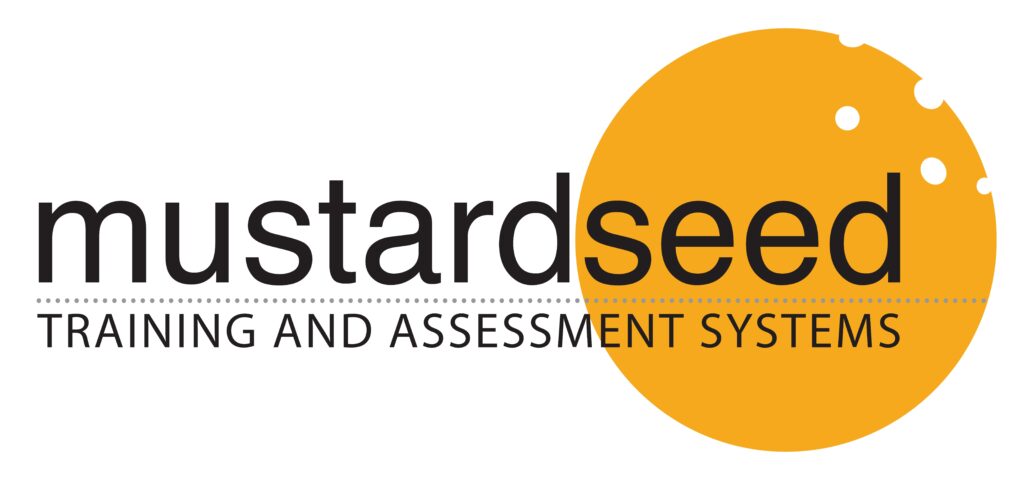Why Experiential Learning Fails to Create Real Change at Work
Understanding the deeper mechanics of behavior change and why most training fails to stick.
You spent lakhs on a team building program. The feedback was glowing: “fun day,” “great bonding,” “loved the activities.” And yet, two weeks later, the same silos exist. Communication is still fractured. Deadlines are still being missed. The energy you saw on that day? Gone without a trace.
If that sounds familiar, you’re not alone.
Many founders and HR leaders invest in experiential learning with the hope of shifting behavior. But here’s the hard truth: most experiential learning programs don’t actually lead to organizational behavior change – not because the concept is flawed, but because the execution is shallow.
They confuse engagement with transformation.
Let’s break down why that happens, what experiential learning was originally designed to do, and how to use it strategically.
The Myth of the "Activity-Driven" Outcome
One of the most common questions L&D teams ask experiential learning providers is:
“What activities will you do with our team?”
It’s a well-meaning but misguided question. Because the activity is not the outcome. It’s the trigger.
Think of it like this: when a team builds rafts and crosses a river, it’s like watching them in a live experiment. You get to see how they communicate, cooperate, lead, or stay quiet.But if you end the session right after the activity, you miss the real value.
The actual transformation happens after the activity-during a guided debrief, where the team reflects on what happened.
Without that reflection, the activity is just fun. With proper reflection, it becomes a powerful mirror that reveals how the team really works.
The Debrief: Where Learning Actually Happens
The debrief is the underrated powerhouse of experiential learning. It’s where insights emerge, blind spots are exposed, and team members connect the dots between what just happened and how they behave back at work.
A well-crafted debrief can surface patterns like:
- “We kept talking over each other just like in our sprint meetings.”
- “No one asked for help until it was too late-something we do on client deadlines too.”
- “Only two people made the decisions-what does that say about psychological safety?”
This transition from doing to thinking is what creates stickiness. Neuroscience backs this up: active reflection helps encode experiences into long-term memory, making organizational behavior change more likely (Mezirow Transformative learning 1991; Kolb’s experiential learning theory)

Real-World Failure: When Experience Isn’t Enough
Consider NASA’s Challenger disaster in 1986. Prior to the tragic launch that cost seven astronauts their lives, NASA had conducted numerous engineering simulations, safety drills, and technical briefings.
But the organizational culture didn’t allow for open reflection or honest discussion of risks. Engineers at Morton Thiokol raised serious concerns about the O-ring seals in cold temperatures. But due to hierarchical pressure and prior dismissal of their warnings, they hesitated to push back strongly. Their concerns were overruled, and the launch went ahead.
The Rogers Commission Report (1986) later revealed that NASA’s decision-making structure discouraged dissent, prioritized schedule over safety, and failed to integrate learning from experience into the culture.
The failure wasn’t a lack of experience or training it was the absence of a safe environment to reflect on and act upon critical insights. Rogers Commission Report on the Challenger Accident, 1986 (NASA NTRS)
This is a real and tragic example of activity without integration a case of investing in learning mechanics without enabling real behavioral change.
How Leaders Should Rethink the Brief
The next time you’re planning an offsite or team workshop, flip the usual script. Don’t start by asking, “What fun game can we do?”
Start with:
- What behavior do we want to see more of?
- What team habit is currently hurting us?
- What mindset shift are we aiming for?
Design follows intention. When the goal is clear (say, cross-functional collaboration), the facilitator can reverse-engineer an experience that gently provokes that issue and more importantly, guides the reflection to draw that connection back-driving organizational behavior change.
Transformation Needs Courage, Not Just Creativity
Experiential learning is not about gimmicks. It’s about gently confronting the truths we don’t always say aloud. It gives people a safe sandbox to fail, reflect, recalibrate, and try again.
But this only works if the environment is psychologically safe, the facilitation is skillful, and the leadership is committed to going beyond smiles and selfies.
Organizations that truly benefit from experiential learning treat it as a diagnostic and development tool, not a field trip.
Conclusion: Experience Without Insight is a Missed Opportunity
It’s easy to confuse activity with impact. But in the world of adult learning and behavioral transformation, what happens after the experience is more important than the experience itself.
If your team left the ropes course more connected but no more self-aware you didn’t invest in learning, you invested in recreation.
And that’s a luxury most forward-looking businesses can’t afford.
🔗 Want your training programs to drive real behavior change instead of just creating momentary engagement? Discover how experiential learning with powerful debriefs can transform your teams into strategic tools for growth. Explore our Expert Team Building Program that go beyond activities to enable lasting team impact
About the Author:
Anil Thomas is a certified Corporate Trainer and Founder of Mustardseed Training. He specializes in designing Leadership Development Programs, Culture Transformation Programs, and Team Building Training that help organizations build high-performing teams and strong workplace cultures. His insights on leadership, collaboration, and performance excellence have been featured in several corporate learning and development programs across India.
For more such videos, you can follow Anil Thomas on Youtube & Instagram
Want to know more? Let our consultants help you
Hit the ‘Click Here’ button to request for a call with us and explore how our customized solutions in leadership development, team building, and culture transformation can drive lasting impact for your organization.

